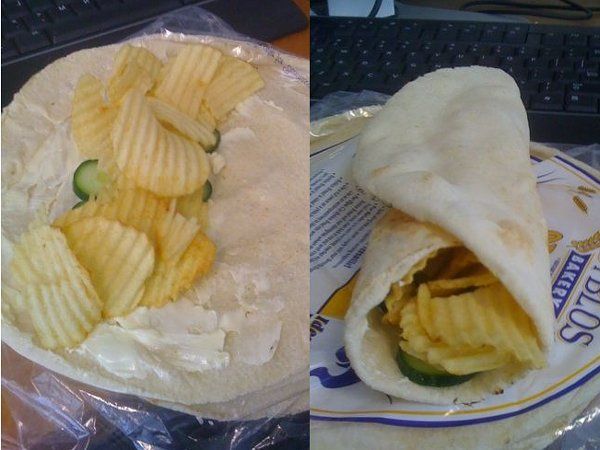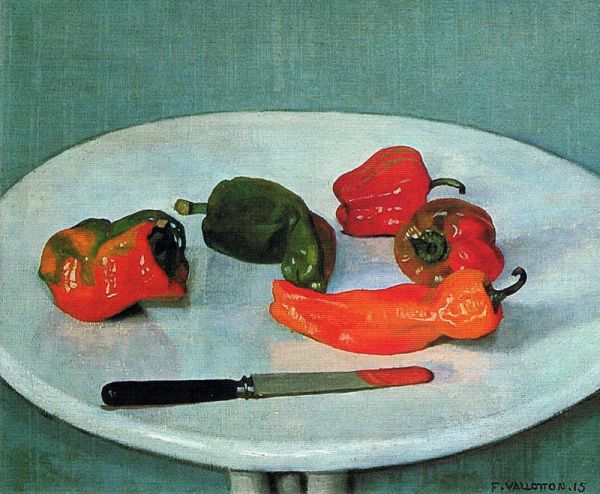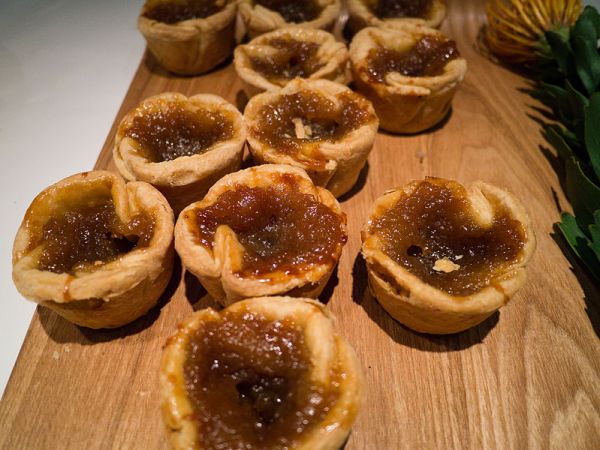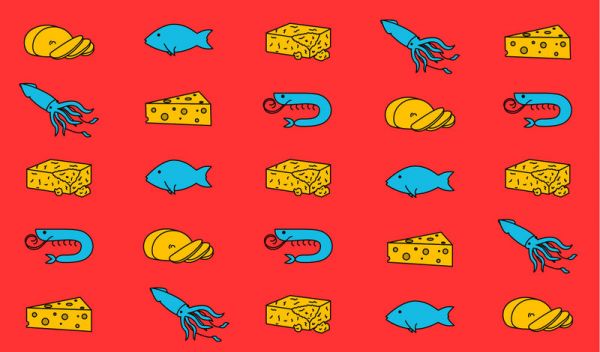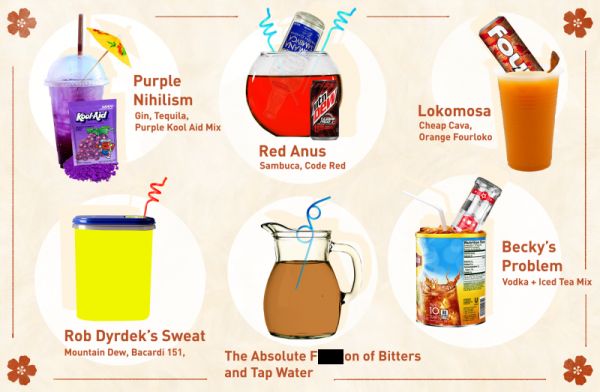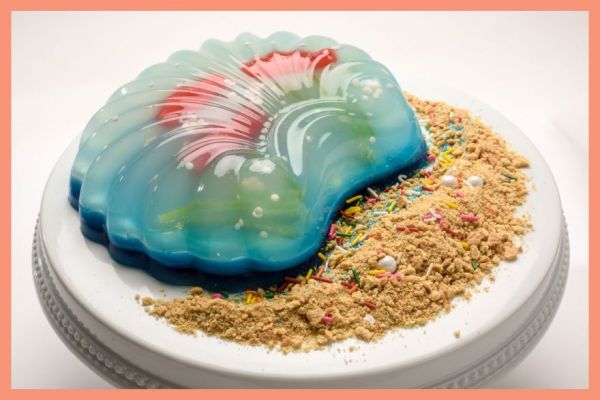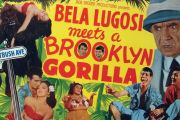Hospital Food: Unappetizing Meals for Sick People
Anyone who has spent time in a hospital knows that the food is standardized, bland, overcooked and under-spiced. Kate Washington became deeply interested in the subject when her husband spent several weeks unable to eat and then was charged with gradually getting back to regular meals. He didn't feel good, and hospital meals did not entice him to make an effort to eat. There are reasons behind the way food is in hospitals: the need to deliver scientific nutrition without doing harm, and the industrial scale of feeding all those patients.
In the move from individual at-home care and feeding for sick patients to mass institutions, medical science shifted to a big-picture, data-driven set of prescriptions and practices. Doing so undeniably saved lives, thanks to astonishing medical advances. But in the midst of institutionalizing and standardizing care, the medical establishment may have lost sight of the function of appetites and individual taste.
Food — for many patients one of the few sensory pleasures they can enjoy — can be an important, healing part of that corrective shift. Catering to patients’ tastes and preferences can certainly be more expensive, yet as Brad and I both learned, it can make a huge difference to the very sick, who may have lost almost all sense of themselves. Eating, among the most basic of human acts, can help reawaken that sense.
Washington turned to cookbooks from hundreds of years ago to find food that would appeal to a patient who didn't want to eat, in recipes from a time when the sick were cared for at home. And she researched the switch from home convalescence to the business of feeding modern hospital patients to find out why hospital food is so bad. The good news is that some institutions are trying new methods to make it better. Read about how hospital food got that way at Eater. -via Digg
(Image credit: Allegra Lockstadt)











